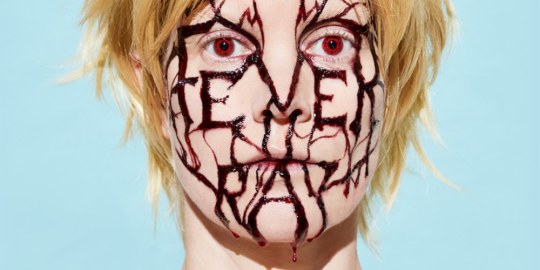The Favourite (2018)
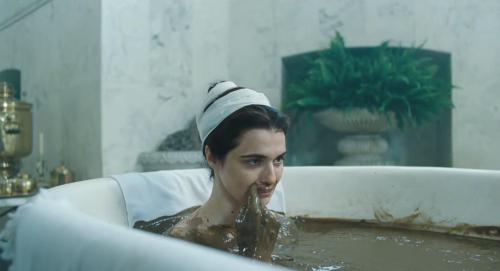 (dir. Yorgos Lanthimos)
(dir. Yorgos Lanthimos)
Fan-fucking-tastic to have some female characters that aren’t from the glacé cherry tree; these women have some bite in their sternums.
The Favourite is visual gluttony. A caustic telling of a story that, thanks to a small romp on Wikipedia this morning, turns out is loosely based on a true royal triangle. TRT for HRH, always, ace.
Right off the bat, Rachel Weisz – playing the militant and astute Sarah Churchill – hints at events to come when she suggests nubile cousin Abigail (Emma Stone) is to be a “monster for the children to play with”. All becomes clear later on when Olivia Colman, A.K.A gouty Queen who dotes on a fetishistic supply of rabbits, requests a few equally fetishistic “leg rubs”. If you’re a woman, the performances of these three make you proud to be one.
The femmes royales are aptly supported by a troupe of one-dimensional men. We have fretful and unproductive Glenn from The Thick of It, try-hard Nicholas Hoult and Mark Gatiss in supreme Chinnery-esque bamboozlement. They have the breezy faces of old mates you’re excited to see, because you know the lols always goes down around them.
A special mention too for the anaemic wigged servant boy. Best supporting actor who looks in need of actual physical supports.
The barrage of one-star reviews so far are pretty entertaining. Weird, because usually people lap up this level of absurdity (cue indoor duck racing) and constant Littlefinger-ing. Maybe they’re offended by a morally atrophic monarchy, or bored by another “comment on vile human nature”. I admit I’m pretty bored by all that too, but it’s all made up for by sharp writing and that thing filmmakers do when they tell sequences of events in cool, parallel ways.
It’s mischievous and witty. I approve. I’ll be back armed with a £3 Paperchase pad to note down Weisz’s best quips and burn her attitude on my brain. “Be more Lady Marlborough” tops my list of New Years’ resolutions.

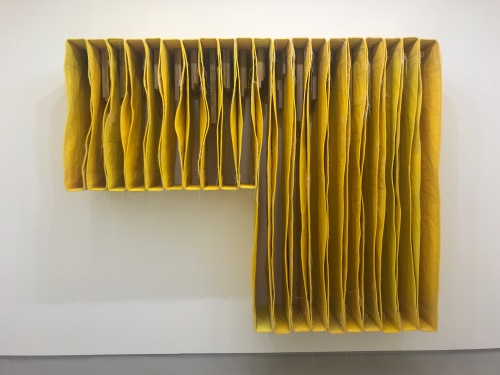


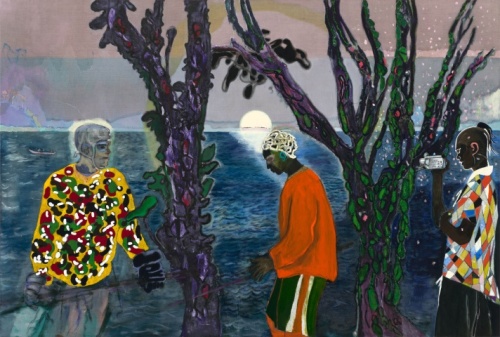



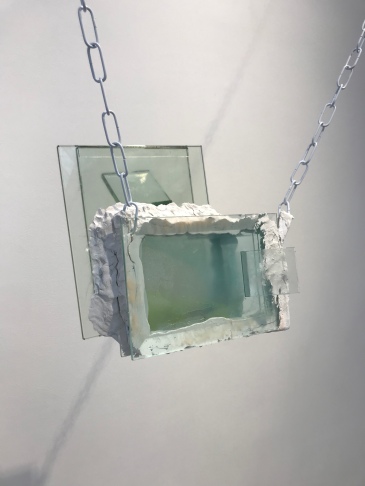

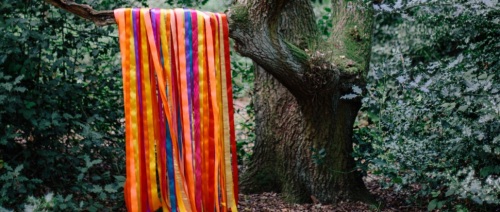
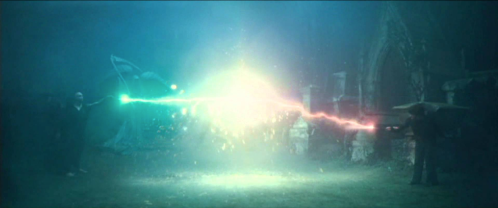



 (dir. Yorgos Lanthimos)
(dir. Yorgos Lanthimos)